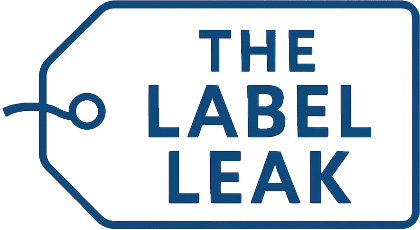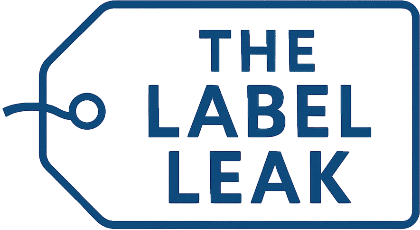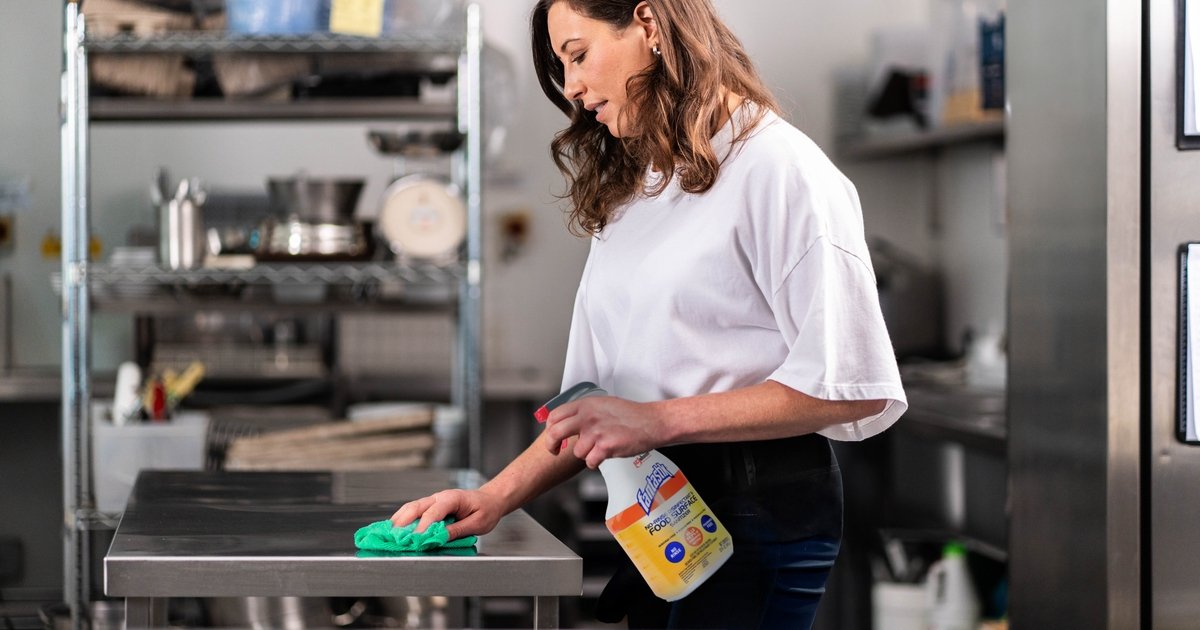Sponsored by SC Johnson Professional
Efficiencies and new products help operators ensure that standards are not compromised
Despite signs that the job market is loosening, the foodservice and accommodations industry still had nearly one million vacancies across the country as of early this year, according to the U.S. Bureau of Labor Statistics.
Restaurant operators report that the ability to attract and retain talent remains a struggle. That can create challenges for operators to execute all aspects of their operations, including ensuring food safety.
Some operators have simplified their processes in both the front- and back-of-the-house to accommodate staffing shortfalls. In the front-of-the-house, that has included the use of more self-ordering technologies such as kiosks and app-based ordering.
In the back-of-the-house, operators have streamlined their menus and simplified their production lines in order to make throughput more efficient. They are also leveraging equipment such as blast chillers, automated temperature alerts, and new cleaning products that make cleaning and sanitation more efficient to ensure that having a smaller staff doesn’t compromise food safety.
Workers cite time constraints
A Centers for Disease Control and Prevention survey last year asked restaurant workers and managers what makes it easier or harder to do seven safe food handling practices: washing hands, preventing food contamination, using gloves, cooking food to the right temperature, keeping heated food hot, keeping cooled food cold, and reheating food to the right temperature.
The report found that workers reported that time pressures—caused by high volumes of business or understaffing—made it more difficult for them to perform all seven of those safe food-handling practices.
One of the effects of a tight labor market is an increase in the hiring of workers with little restaurant industry experience. This can present challenges in some respects, but it also offers an opportunity for restaurant operators to start their new hires off on the right foot, without the bad habits they might have picked up at a previous restaurant that had a lax attitude toward food safety.
It is suggested that when operators are screening talent that has restaurant experience, companies should ask about the food-safety practices of their previous employers, and whether rules were strictly enforced. Interviewers should also be sure to ask some specific questions about food safety when interviewing potential new hires who claim to have food-safety training, to verify that they have previously taken a food-safety course.
Other ideas for onboarding new kitchen staff include walking them through the kitchen pointing out the things that health inspectors look for and explaining why they are important.
Giving hourly workers responsibility for temperature checks, rather than leaving that to managers, as it can give those workers a reason to take pride in their jobs.
Foodservice operators must be especially diligent when bringing on young workers, according to another CDC research report. Workers who were 25 and older washed their hands more often than those under 25, and they also changed their gloves more often than those under 25, the report found. As a result, the CDC recommends that operators focus in particular on younger workers when designing their food-safety training programs.
It’s important to note, however, that workers of all ages can benefit from great food safe practices and training materials.
Hand hygiene best practices for food prep areas
It’s essential that food handlers know and understand how to wash their hands correctly so they don’t spread pathogens that could result in foodborne illness outbreaks, according to a National Restaurant Association guide to proper handwashing techniques.
Based on information from the training program ServSafe Manager, the NRA recommends that workers:
• Wash hands before preparing food, working with clean equipment and utensils, and before putting on single-use gloves.
• Use sinks designated for handwashing; managers should make sure they are stocked with cleaning supplies and accessible.
• Wash hands or prosthetic devices for at least 20 seconds, using soap and building a good lather.
• Scrub hands and lower arms vigorously for 10 to 15 seconds, then clean fingertips, under fingernails, and between fingers.
• Rinse hands and arms thoroughly, using warm, running water.
• Use a single-use paper towel or hand dryer to dry hands and arms. Also, consider using a paper towel to turn off the faucet and open the door when leaving the restroom.
In addition, food handlers must wash their hands after any of the following activities:
• Using the restroom
• Touching the body or clothing
• Coughing, sneezing, blowing nose, or using a handkerchief or tissue
• Eating, drinking, chewing gum, or using tobacco products
• Handling soiled items
• Handling raw meat, seafood or poultry
• Taking out garbage
• Handling service or aquatic animals
• Handling chemicals that might affect food safety
• Changing tasks
• Leaving and returning to the kitchen/prep area
• Handling money
• Using electronic devices
• Touching anything else that may contaminate hands, such as dirty equipment, work surfaces, or cloths
The NRA guide notes that hand sanitizers can be used after handwashing—but not in place of it—to lower the number of pathogens on skin if the sanitizers comply with Code of Federal Regulations and Food and Drug Administration standards.
Creating food-safety efficiencies in the kitchen
Operators have an increasing array of tools at their disposal when it comes to efficiencies that can help boost food safety in a tight labor environment.
These include equipment innovations such as blast chillers and temperature sensors, as well as innovations in cleaning and sanitization. For example, the fantastik® No-Rinse Disinfectant & Food Surface Sanitizer from SC Johnson Professional features a powerful, ready-to-use solution for cleaning and disinfecting the washable, hard surfaces found throughout foodservice kitchens, including equipment such as cutting boards, slicers, mixers, and other machinery.
The product saves time and labor because it does not require the extra step involved in rinsing, and it features a fast-drying formula to ensure that high-traffic areas can be cleaned and disinfected quickly between uses. It complies with the NSF International standards for antimicrobial agents not requiring rinse products.
The fantastik® No-Rinse Disinfectant & Food Surface Sanitizer is also highly effective. It kills 99.9% of foodservice bacteria, including Escherichia coli, Listeria monocytogenes, and Salmonella enterica.
The restaurant industry has been rethinking many aspects of its operating model during the last few years, seeking labor efficiencies without compromising the guest experience, food quality, and most importantly, food safety. Ensuring that workers have the time and the tools they need to properly clean and disinfect food surfaces and equipment remains paramount.
For more information about how the fantastik® No-Rinse Disinfectant & Food Surface Sanitizer and other products from SC Johnson Professional can help your company meet its food-safety objectives, visit


